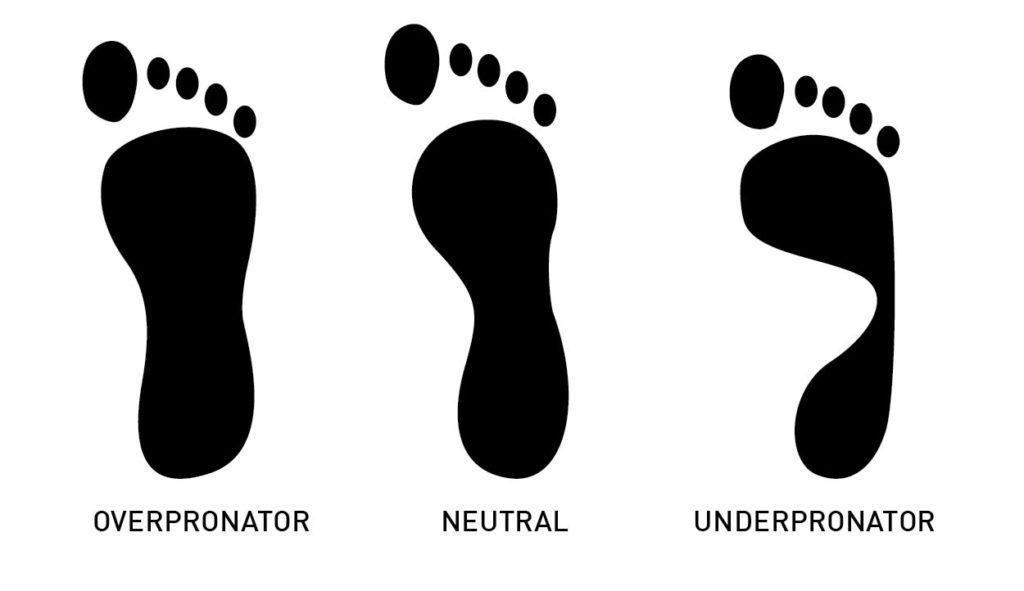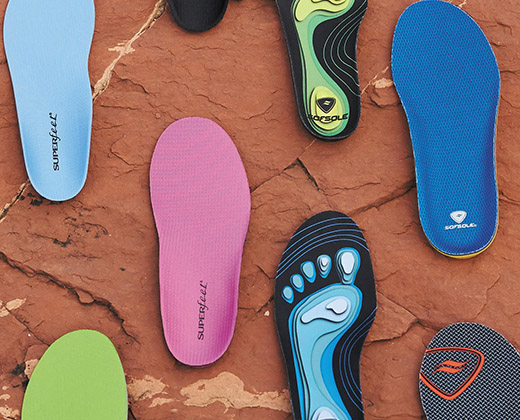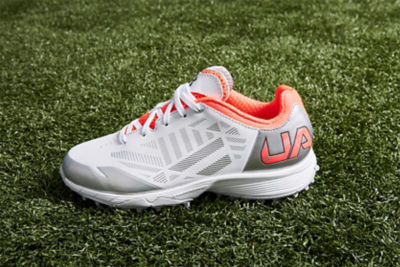How To Buy Insoles
Do you need insoles? Find out the benefits they can offer, what issues they can resolve and what kind is right for you.
If you run or are on your feet for a prolonged amount of time, you know just how important it is to buy the right shoes. But, have you thought about insoles? Insoles can offer comfort and support to your overworked feet, extend the life of your shoe and can even help you fit into your favorite pair of shoes more easily. Find out the type of insoles you could benefit from.
KNOW YOUR FEET
Every foot is unique. You first want to determine your arch type: high, medium or low. Another factor to consider is your gait type. There are three general types of gaits:
- Over-pronation: feet turn inward (this is also the most common)
- Supination: feet turn outward
- Neutral: feet neither over-pronate or supinate
A neutral gait is the position that runners aim for in their strides and insoles can help achieve that. We offer free gait analysis at many DICK’S Sporting Goods and all True Runner Stores so that you can accurately determine which category you fit into.
You also want to consider what foot issues you may suffer from, such as plantar fasciitis, bunions, heel spurs or other common foot problems that can influence the choise of insole that is best suited for you.
WHAT TYPE OF INSOLE DO YOU NEED?
There are three basic types of insoles: comfort insoles, molded insoles and custom orthotics. Comfort insoles are a great option if your feet are uncomfortable, sore or tired from running, exercising or standing because they are designed to increase arch support. If that doesn’t do the trick, you may need something a little more tailored, like molded insoles or custom orthotics. Molded insoles are built to help assist with problems such as over-pronation, or very low or flat arches. Custom orthotics are similar, but are built by a specialist for your specific foot, typically doctor recommended.
At this point you may also want to consider using an insole to help your shoe be more custom fit to your foot. For instance, if you notice that your shoe is too loose in the heel and you are experiencing heel slippage, an aftermarket insole can help to fill the volume for a better fit. If your shoe fits snug, you will want a low-volume insole.
HOW TO CHOOSE YOUR INSOLE
Once you’ve figured out arch type, gait type and noted any foot issues you may have, it’s time to choose your insole. Now is the time to ask yourself what you need.
Are you trying to increase your performance? Performance insoles are designed to optimize natural foot motion, provide shock absorption and make it easier to stay active for extended periods of time.
Are you looking for relief? Comfort insoles deliver missing arch support and help your back and knees feel better.
Are you trying to manage pain? Pain-management insoles, often made of gel and sometimes just for your heel, are designed to help reduce the effects of bunions, plantar fasciitis and heel spurs. They could improve feeling in your back, knees and heels. They also help provide shock absorption and can extend the life of your shoes.
Once you have chosen the insole, keep your sock on and try standing on the insole on the floor. When you have purchased the right insole, remove your stock insole from your shoe and put in the new one. Some insoles are sold by a size chart on the back of the package and can be trimmed to size with the measurements printed on the underside.
You should be comfortable in your activities. Painful, sore feet detract from your enjoyment and your performance can suffer. Forunately, there is no need to endure blisters, foot aches or discomfort. Get the most from your activities and time outdoors and choose the right insoles.









